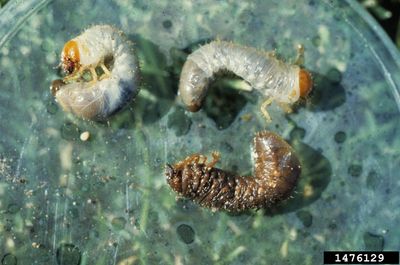How are Nematodes Good for Iris?
One of the most common nuisance pests of iris flowers is the iris borer. In the fall, borer moths lay eggs on the soil near iris beds and on old plant matter in the garden. The following spring the eggs hatch and the larvae burrow into young leaves. As the borers feed, they gradually work towards the rhizome of the iris. Once in the rhizome, borers continue to cause damage until they mature. This damage can cause severely stunted plants or even the total loss of iris rhizomes. In the past, iris borers have been extremely difficult to control through various chemical applications. Recently, the use of beneficial nematodes for iris borers has been brought into focus. Microscopic nematodes for irises live in the soil. These entomopathogenic nematodes are able to find and feed on iris borers and their pupae, thus preventing damage to iris plants. However, when using nematodes for iris borers, timing will be most important.
Using Beneficial Iris Nematodes
After hatching early in the season, iris borers will be present in the soil as they search for young iris leaves in which to infect. This is the ideal time for nematodes to be released. Just as with any other product used in the garden, it will be vitally important to follow the manufacturer’s label carefully. If used incorrectly, the beneficial iris nematodes may have little to no impact on the borers. In addition to applying iris borer nematodes in spring, many growers also choose to apply them in the fall. The use of a fall application can help to destroy any remaining adult larvae or pupae that are left in the soil. By doing so, you can greatly reduce the number of adult moths that occur in the garden the following growing season.
